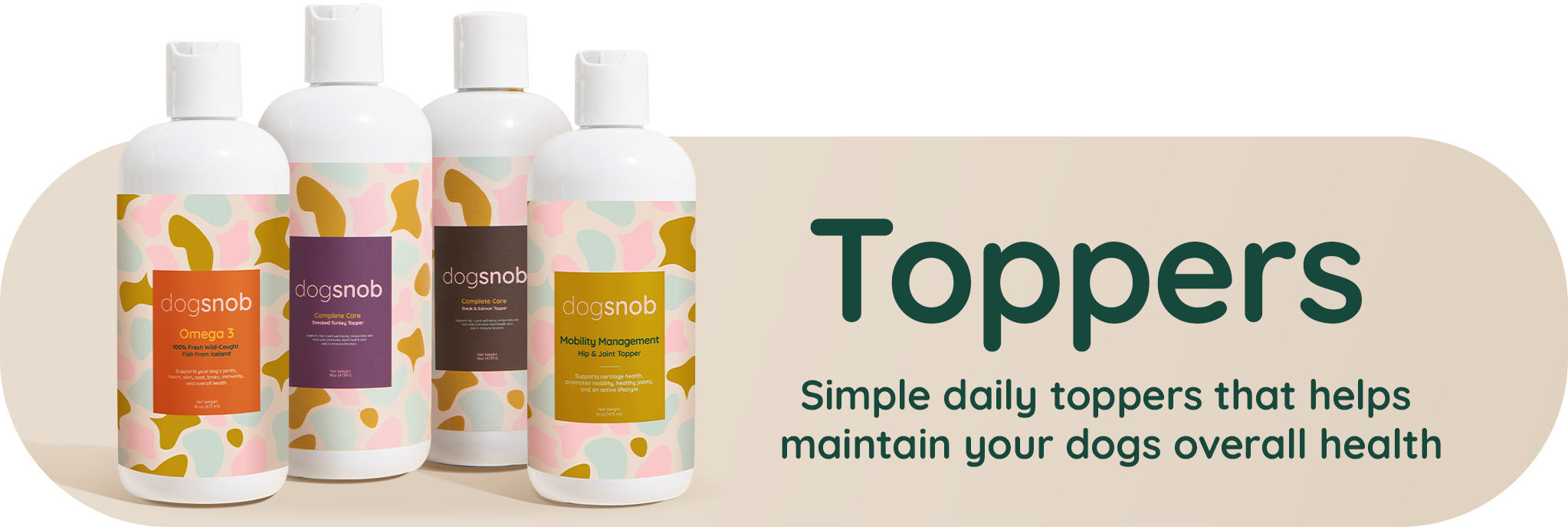Dogs naturally shed their fur to make way for new growth, and this is especially true in the colder months. However, excessive shedding in winter can be a cause for concern. In this article, we will explore reasons why dogs shed, the possible causes of excessive shedding in dogs during winter, and provide tips on how to manage and reduce it.
Why is My Dog Shedding in Winter?
Winter is when we expect our furry friends to grow a thick coat to keep them warm. So why is your dog shedding so much during this season? It can be frustrating to deal with excessive shedding constantly, but there are reasons behind it that you may not be aware of. For instance, a change in temperature is one reason why dogs shed their coats. Dogs typically shed their winter coat in spring to prepare for the warm weather and they will also shed their summer coat in fall to prepare themselves for cold weather.
When do dogs start shedding?
It’s normal for dogs, especially certain breeds that have double coats to shed all year round. However, there are certain parts of the year where we can see excess shedding happening. Seasonal shedding seasons are usually in spring and fall. This is when dogs shed out their winter coat or summer coat to prepare for the change in weather, therefore, we may see excessive shedding towards the beginning and end of winter.
How long does winter shedding last in dogs?
Winter shedding lasts about two to four weeks, and this is typically called the “blowing coat season.” Blowing coat is a term used to describe double-coated dog breeds (or dogs with an undercoat) that shed clumps of fur twice a year.

What Causes Dogs to Shed?
To truly understand how or why dogs shed, we first need to understand the difference between hair and fur, topcoats and undercoats, and their coat growth cycle.
What’s the difference between dog hair and fur?
Dog hair and fur are both made out of keratin and both grow out of the same hair follicle. The difference is in the way it grows. Fur coats grow at a predetermined length (also known as PDL), which means it is genetically determined to stop growing after reaching a certain length. This also means that fur is distinctly shorter and denser. On the other hand, dogs with hair grow at an undetermined length (UDL), which means that it grows longer and thicker, surpassing the lengths of fur.
What’s the difference between an undercoat and a topcoat?
An undercoat is shorter and grows faster than a topcoat, which is also why it sheds more often. A topcoat is usually longer and grows slower, which also makes it stronger compared to an undercoat. When a dog has both an undercoat and a topcoat, it is said to be double-coated, and dogs with only a single layer of fur (without an undercoat) are called single-coated.
What is the hair growth cycle in dogs?
There are four stages in which a dog’s coat grows: anagen, catagen, telogen, and exogen.
The cycle starts with the anagen stage when the hair starts growing to its determined length, then the catagen stage is when it stops growing, and the telogen stage is when it is fully grown and sits dormant on the dog’s skin. The fourth and final stage is exogen—this is when shedding occurs. Dormant, loose, or dead hairs will begin to fall out at this stage and the cycle goes back to the anagen stage.
Types of dogs that shed the most
All dogs will shed but certain breeds like the Akita, German Shepherd, Golden Retriever, Chow Chow, Siberian Husky, and Pomeranian are some of the breeds that have double coats and will shed at least twice a year.
Should I Be Worried If My Dog is Shedding A Lot?
If you're finding clumps of fur all over your house during winter, there may be reasons behind your dog's excessive shedding. Aside from changes in temperature, dietary factors, grooming, and medical issues can be attributed to excessive shedding.
What Causes Excessive Shedding in Dogs?
Dehydration and dry skin
The cold and dry air of winter can make your dog’s skin dry, which can cause excessive shedding. Make sure your pup is drinking plenty of fresh water to keep them hydrated.
Medical Issues
Skin sensitivities especially in the colder months can lead your dog to shed more than normal. Look out for these symptoms of excessive hair loss to determine if there are any underlying medical conditions as to why your dog sheds a lot:
- Dry and scaly skin
- Constant itching and scratching
- Discolored patches of skin
- Inflamed skin
- And bald spots
If you see any of these signs in your dog, please seek professional help immediately.
Diet
Just like dehydration, having a poor diet can cause excessive shedding. It is important to feed your dog with a healthy diet that is rich in essential nutrients attributable to shinier and healthier skin and coat. This is especially important for dogs with allergies that cause abnormal shedding. Ask your veterinarian for advice on what kind of diet is suitable for your dog.

How To Reduce Shedding in Dogs
Below are a few ways to manage and reduce your dog’s shedding.
Regular Brushing
Grooming is key in managing your dog’s shedding. Establish a regular brushing schedule with your dog to remove loose hair and to help their coat stay healthy and shiny. Brushing also helps spread healthy natural oils produced by their skin throughout their coat. This will help healthy hair stay in place.
Deshedding tools and dog brushes
Dog brushes and de-shedding tools will vary on the kind of coat your dog has.
For dogs with long hair or are double coated opt for slicker brushes and coat rakes. As for dogs with shorter coats, a natural bristle brush or a grooming glove will do the trick.
Grooming
Keeping your dog clean by giving them baths or proper grooming will help encourage healthy skin and coat. During the peak months of their shedding, it will also be helpful to bring them to a groomer so they can properly blow out their undercoats so they will not further spread all over your home.
Dog Vitamins and Supplements
Dog supplements that target skin and coat health can be a good addition to your dog’s diet. Look for supplements that are rich in Omega-3 like our own Omega-3 Skin & Coat topper, or a multivitamin supplement that targets overall health like our 5-in-1 Gravy topper.
Summary
Shedding is common for dogs, and we see an abundance of it during the winter season to anticipate the change in weather. However excess shedding in winter can be manageable as long as you maintain a regular healthy diet and grooming routine, and provide your dog with the right nutrients to maintain healthy skin and coat.





